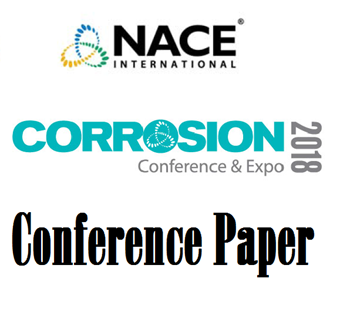Search
09228 Degradation of Steel Girder Bridge Bearing Systems by Corrosion
Also Purchased
51318-11288-Bridge Coating Operation and Maintenance Planning
Product Number:
51318-11288-SG
Publication Date:
2018
$20.00
08199 Analysis of Corrosion Products Formed on Some of Ontario's Weathering Steel Bridges
Product Number:
51300-08199-SG
ISBN:
08199 2008 CP
Publication Date:
2008
$20.00
08302 Arresting and Preventing Corrosion of Steel in Concrete
Product Number:
51300-08302-SG
ISBN:
08302 2008 CP
Publication Date:
2008
$20.00




